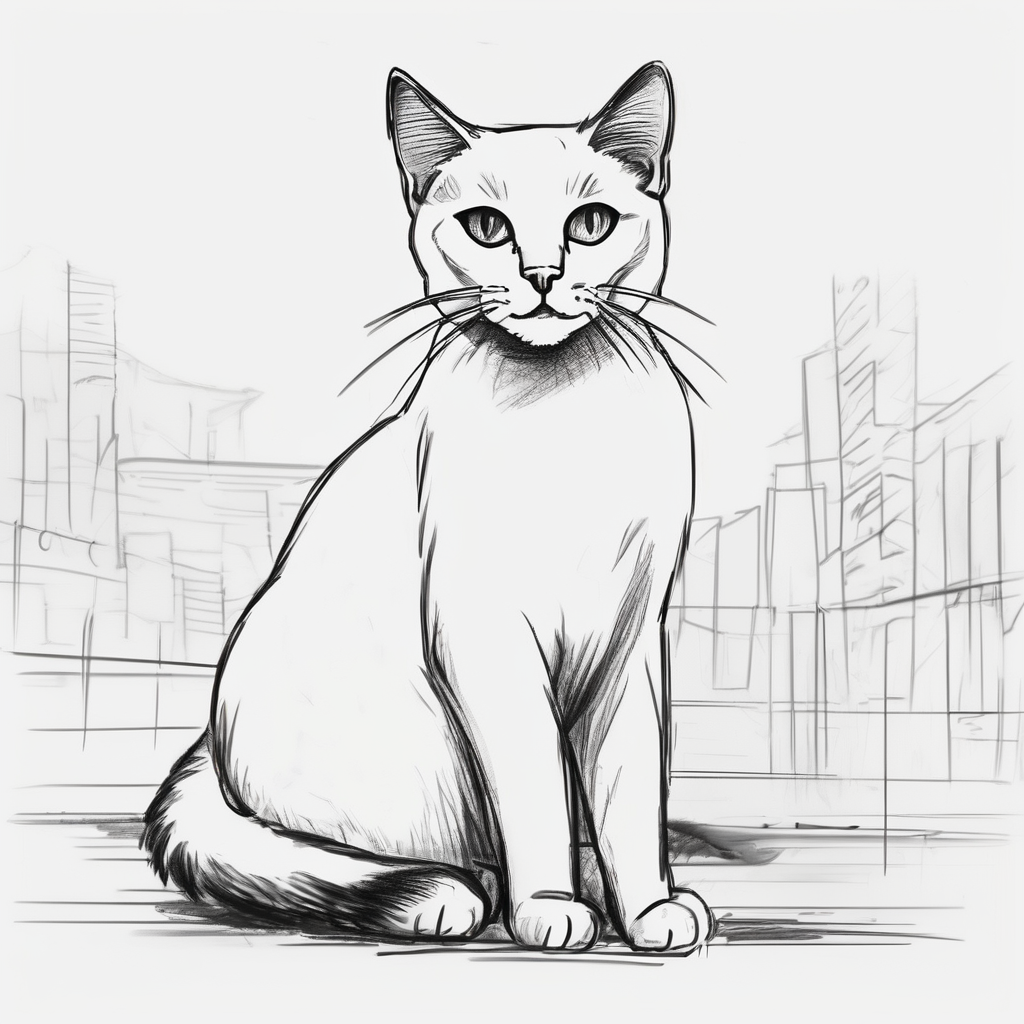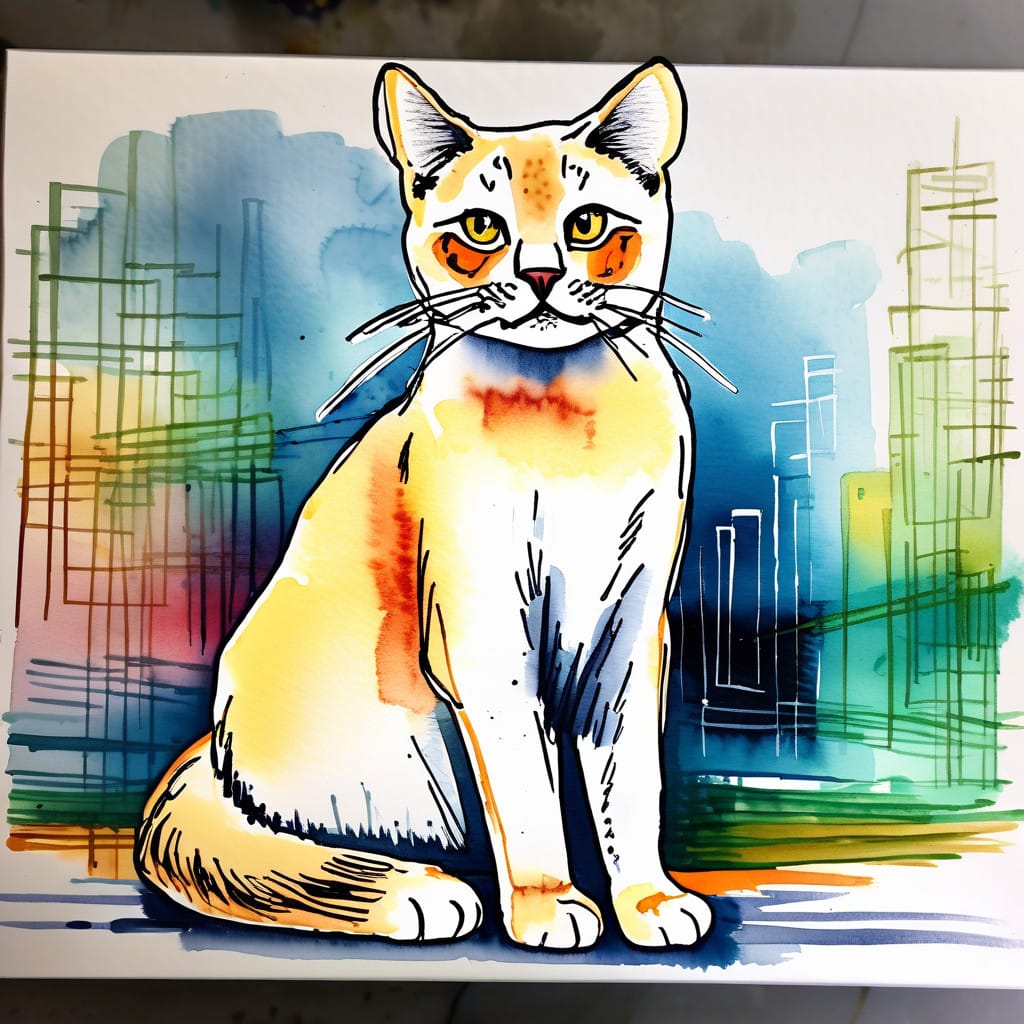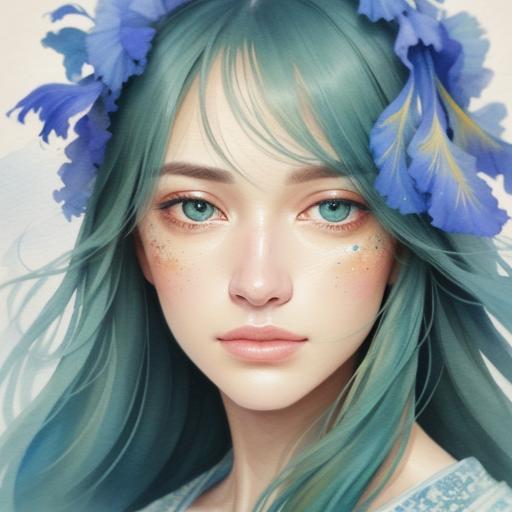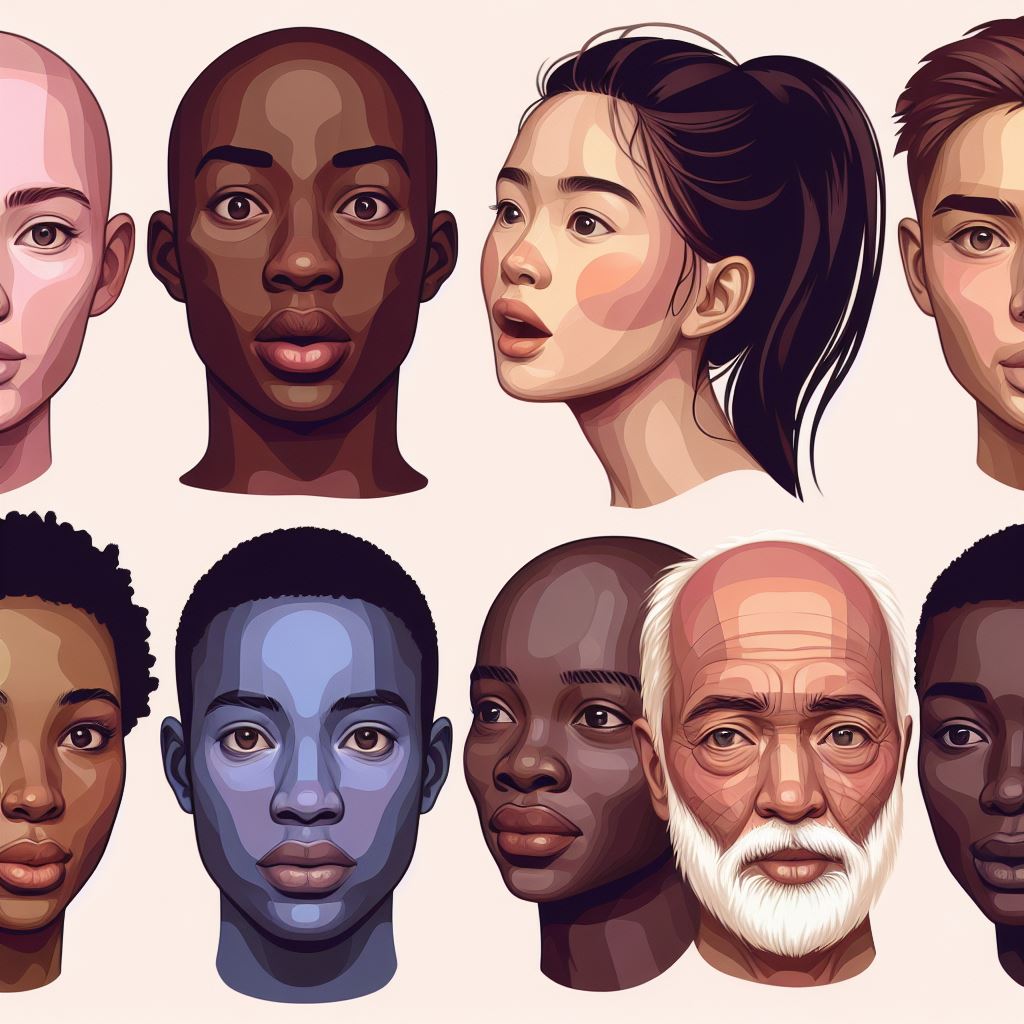Introduction Have you ever wanted to bring your favorite animals to life through art? Animal watercolor painting offers a relaxing and creative way to express your love for nature while learning a rewarding new skill. Whether you’re a beginner or just looking to improve, this guide will walk you through everything you need to know to create beautiful animal paintings. We’ll cover the basics of watercolor techniques, essential supplies, and step-by-step instructions to help you get started. Plus, we’ll include tips from experts and a handy table to make your painting journey smoother.
Why Try Animal Watercolor Painting?
Painting animals with watercolors allows you to capture the beauty and essence of nature in a unique and personal way. It’s not just a relaxing and rewarding hobby but also a creative method to experiment with colors, textures, and shapes while improving your artistic observation skills. Painting animals can help you connect with nature, enhance your observation skills, and develop your artistic confidence. Additionally, it’s a great way to personalize home decor or create heartfelt gifts for friends and family.
Essential Supplies for Animal Watercolor Painting
Before you start, you’ll need a few basic supplies. Here’s a list to help you get started:
| Supply | Description |
|---|---|
| Watercolor Paints | Choose a set with a variety of vibrant colors. Brands like Winsor & Newton Cotman or Prang are excellent for beginners due to their affordability and quality. |
| Brushes | Invest in a mix of round and flat brushes in various sizes for details and broad strokes. |
| Watercolor Paper | Use thick, textured paper (140 lb or higher) to prevent warping and ensure durability. |
| Palette | A plastic or ceramic palette for mixing your colors effectively. |
| Water Container | A jar or cup to rinse your brushes and maintain clean strokes. |
| Pencil and Eraser | Essential for sketching your animal outlines before painting. |
| Paper Towels | Ideal for blotting excess water and controlling paint flow. |
Basic Watercolor Techniques Here are some beginner-friendly techniques to elevate your watercolor skills:
- Wet-on-Wet: Wet the paper with clean water, then apply paint. This creates soft, blended effects ideal for backgrounds or fur.
- Wet-on-Dry: Apply paint directly to dry paper for sharper, more defined lines and details.
- Layering: Allow the first layer of paint to dry before adding another, building depth and texture.
- Dry Brush: Use a lightly damp brush to create rough, textured strokes, adding character to fur or feathers.
Step-by-Step Guide to Painting an Animal Follow this simple process to create a charming watercolor cat, a great starting point for beginners due to its simple shapes and familiar anatomy:

- Sketch Your Animal: Lightly draw the outline of a cat on your watercolor paper. Focus on capturing basic shapes like the head, body, and tail.
- Paint the Background: Use the wet-on-wet technique to create a soft, atmospheric background. Opt for light hues like sky blue or pastel yellow.
- Add Base Colors: Apply a light wash of color to the cat’s fur, such as gray or orange. Let it dry completely to prevent smudging.
- Add Details: Use a smaller brush to add depth with darker shades for the fur, eyes, and nose. Layer colors for a realistic texture.
- Final Touches: Enhance highlights with white paint or leave small areas unpainted for a natural effect.

Tips for Success
- Start Simple: Begin with animals that have straightforward shapes, such as cats, birds, or fish, before tackling more intricate designs.
- Practice Patience: Allow each layer to dry fully before adding new ones to achieve clean, crisp details.
- Use References: Study photos or observe live animals to better understand their anatomy and color patterns.
- Experiment Freely: Try different techniques, brush strokes, and color combinations to discover your unique style.
“Watercolor painting is about embracing the unexpected. Let the colors flow naturally and enjoy the process rather than striving for perfection.”
Common Mistakes to Avoid
- Using Excess Water: Too much water can dilute colors and cause the paper to warp. To prevent this, gently blot your brush on a paper towel before applying paint. If the paper does warp, consider using watercolor tape or a block to keep it stretched flat.
- Skipping the Sketch: A light pencil outline helps structure your painting and reduces errors.
- Overworking the Paint: Avoid excessive brushstrokes, which can muddy your artwork.
Famous Artists to Inspire Your Watercolor Animal Paintings If you’re looking for inspiration, here are some renowned artists whose works showcase the beauty of animals through watercolors:

- Beatrix Potter: Known for her charming illustrations of animals like Peter Rabbit, Potter’s delicate watercolor technique captures the essence of nature with a whimsical touch.
- Marjolein Bastin: Her detailed watercolor paintings often feature birds, butterflies, and other wildlife in their natural environments.
- Cathy Johnson: A contemporary artist celebrated for her expressive and vibrant watercolor animal portraits.
- William T. Cooper: A master of bird illustrations, his watercolors bring ornithological subjects to life with incredible precision.
Fun Project Ideas
- Paint a series of animals representing different habitats, like jungle creatures or farm animals.
- Create greeting cards or bookmarks featuring your favorite animal paintings.
- Experiment with abstract animal portraits by focusing on color and shape rather than realism.
Conclusion Animal watercolor painting is a delightful way to channel your creativity and sharpen your artistic skills. With the right tools, techniques, and a bit of patience, you’ll be creating stunning works of art in no time. Start with simple designs, practice regularly, and most importantly, have fun exploring this versatile medium!
Call to Action Gather your watercolor supplies and start your artistic adventure today! Share your creations with friends or on social media to inspire others. Happy painting!



